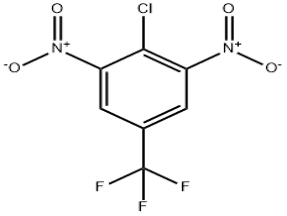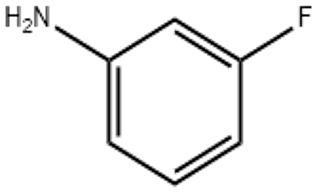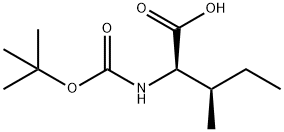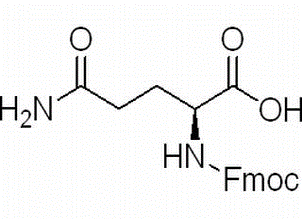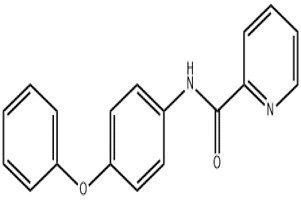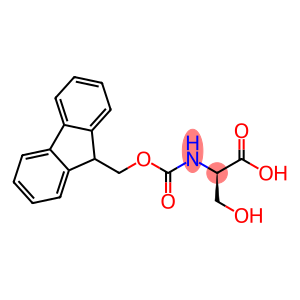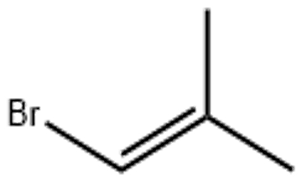4-Chloro-3 5-Dinitrobenzotrifluoride(CAS# 393-75-9)
| Risk Codes | R22 – Harmful if swallowed R24 – Toxic in contact with skin R36/37/38 – Irritating to eyes, respiratory system and skin. |
| Safety Description | S36/37 – Wear suitable protective clothing and gloves. S45 – In case of accident or if you feel unwell, seek medical advice immediately (show the label whenever possible.) S36 – Wear suitable protective clothing. S26 – In case of contact with eyes, rinse immediately with plenty of water and seek medical advice. |
| UN IDs | UN 2811 6.1/PG 2 |
| WGK Germany | 3 |
| RTECS | XS9065000 |
| TSCA | T |
| HS Code | 29049085 |
| Hazard Note | Irritant |
| Hazard Class | 6.1 |
| Packing Group | II |
Introduction
3,5-Dinitro-4-chlorotrifluorotoluene is an organic compound. The following is an introduction to its nature, use, preparation method and safety information:
Quality:
- 3,5-Dinitro-4-chlorotrifluorotoluene is a colorless crystalline solid with strong explosive properties.
- It has a density of 1.85 g/cm3 and is almost insoluble in water at room temperature, slightly soluble in alcohols and ethers.
Use:
- 3,5-Dinitro-4-chlorotrifluorotoluene is mainly used as a raw material for explosives and propellants. Due to its high energy sensing and high stability, it is widely used in rocket propellants and bombs or other explosive devices.
- It can also be used in some specific chemical experiments as a reagent or reference material.
Method:
- The preparation of 3,5-dinitro-4-chlorotrifluorotoluene can be achieved by nitrification. Nitric acid and lead nitrate are usually used for nitrification reactions, and the corresponding precursor compounds are reacted with nitric acid to obtain the target product.
Safety Information:
- 3,5-Dinitro-4-chlorotrifluorotoluene is a highly explosive and toxic compound that can cause serious harm if contacted, inhaled, or ingested.
- The presence of high temperatures, ignition or other flammable substances may cause a violent explosion.
- Strict safety procedures need to be followed during handling and storage, wearing appropriate protective gear, and ensuring that the surrounding environment is well ventilated.
- Avoid contact with gases, combustibles, oxidants and other substances during use to avoid accidents.


